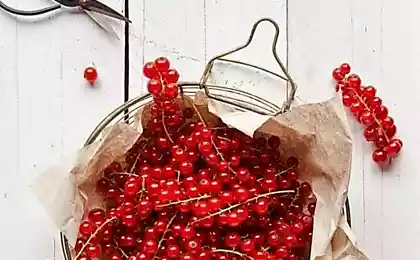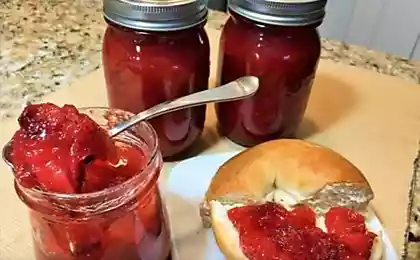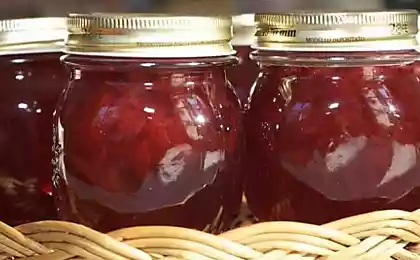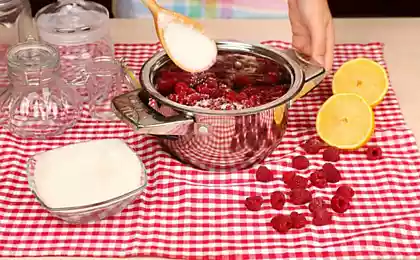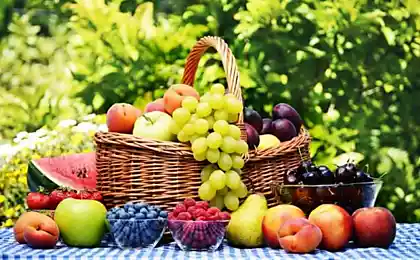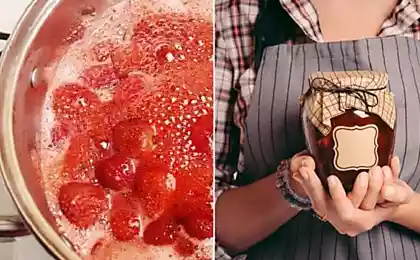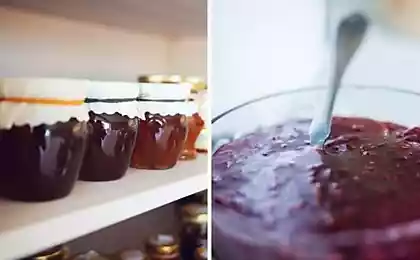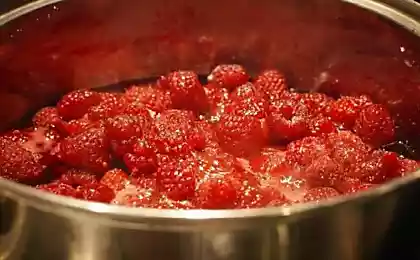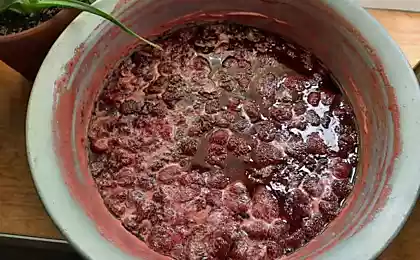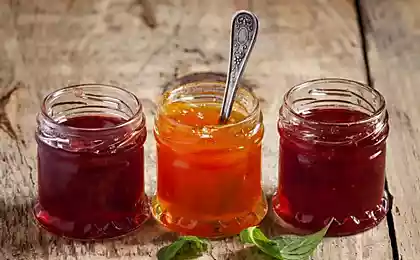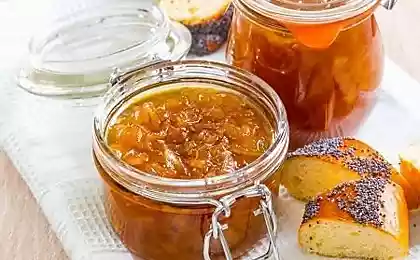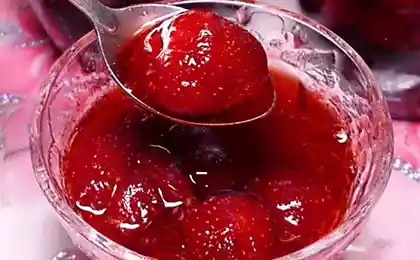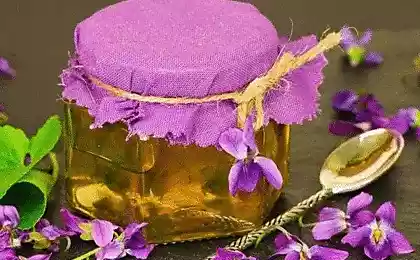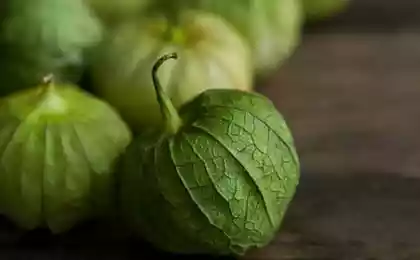571
Annoying mistakes when making jam
The aroma of grandmother's jam is one of the most pleasant memories of the parental home. Every housewife, of course, knows how to make jam. But it still does not always turn out the way we want.
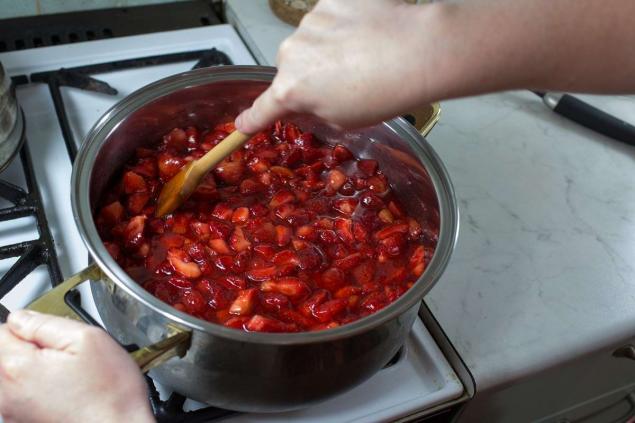
How to avoid annoying mistakes when making jam, and what to do if something went wrong? The Site will try to answer these questions.
How to make jam Jam recipe is simple. All you need is to boil the berries with sugar. However, the jam now and then tastes bitter, the berries boil in it, the syrup does not hold a drop, it becomes too thick or liquid, the jars swell and mold appears in them.
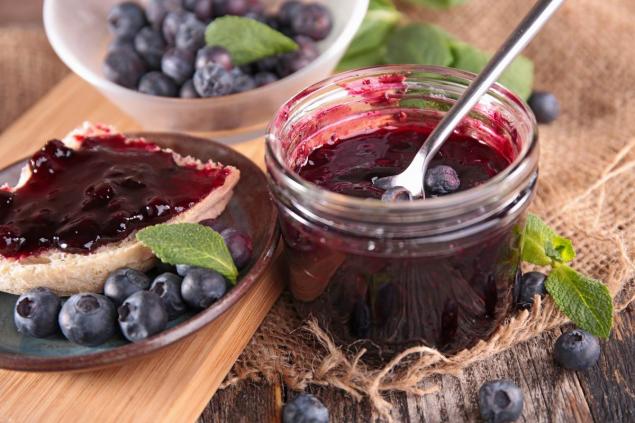
There are general rules for making jam, which must be adhered to almost always. Observe the proportions of the ingredients, cook in several approaches, control the oven flame during cooking - and the most gross mistakes can be avoided.
The main mistakes when making jam
How to tell if the jam is done There are two signs that the jam is done. First, all the froth should collect in the center of the jam container. At the same time, the syrup is transparent and easily separates from the fruits, and the fruits are evenly placed in the syrup and do not float. Overcooked jam has thickened syrup, brown-brown color.
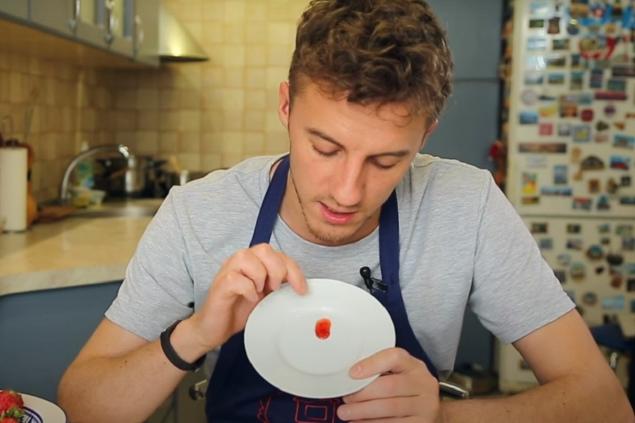
Second, a drop of hot jam on a cold plate will behave like a cold jam. If it does not spread, then they say that "the jam keeps the drop." If you are still in doubt, put some jam on a paper napkin and wait 3 minutes. Wet stains will appear around the drop of undercooked jam.
Oops, it didn't work ... What to do?
I hope that our tips will show you how to make jam without mistakes. And jars of sweet delicacies in orderly rows will fill the shelves in the pantry.

How to avoid annoying mistakes when making jam, and what to do if something went wrong? The Site will try to answer these questions.
How to make jam Jam recipe is simple. All you need is to boil the berries with sugar. However, the jam now and then tastes bitter, the berries boil in it, the syrup does not hold a drop, it becomes too thick or liquid, the jars swell and mold appears in them.

There are general rules for making jam, which must be adhered to almost always. Observe the proportions of the ingredients, cook in several approaches, control the oven flame during cooking - and the most gross mistakes can be avoided.
The main mistakes when making jam
- Use of low-quality fruits
In the markets, you can see boxes with crumpled and battered fruits with the inscription: "Apples for jam". It is generally accepted that heat treatment kills all microbes, which means that it is not necessary to spend money on the purchase of high-quality fruit for jam.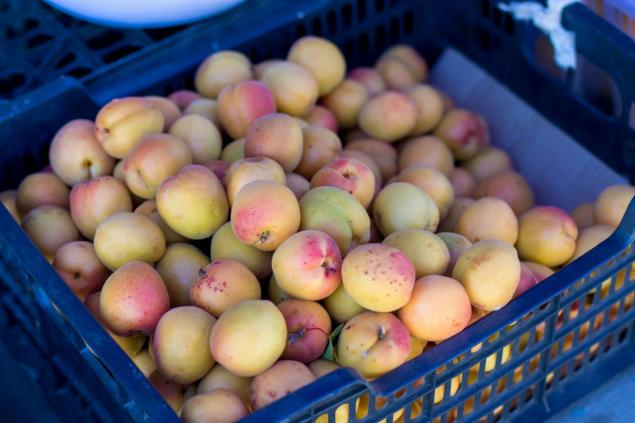
However, fruits that show signs of rot or mold contain dangerous mycotoxins. These compounds are classified as carcinogens and can even withstand multi-stage heat treatment.
Therefore, spoiled fruits can only be used to fertilize the soil. Fruits and berries for harvesting must be fresh and of high quality. - Cooking utensils
It is better to use enamel or steel utensils for cooking jam. It is often boiled in an aluminum pot, but this is not recommended.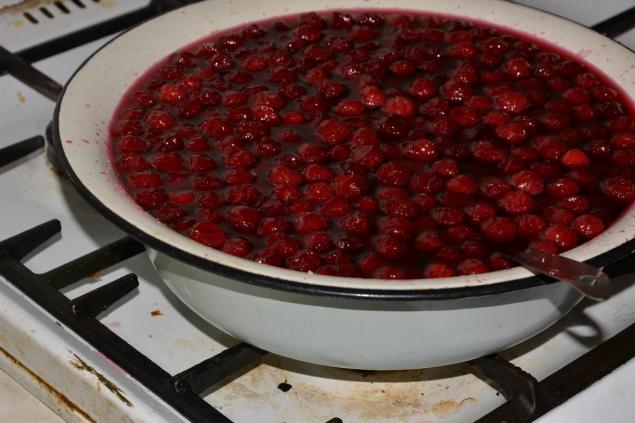
Under the influence of fruit acids, the oxide film on the aluminum surface is destroyed and aluminum particles can get into the jam.
Between the pot and the basin, it is better to choose a basin. In the basin, the layer of jam is thinner, which means it will warm up faster and boil. Plus, it will be more convenient to mix it. - Foreign odors
Try not to cook the jam at the same time as other dishes. It will absorb the smell of other food and lose some of its own. - Cooking too short
Sometimes housewives boil the jam only once in order to preserve more vitamin C. But this is useless, since it collapses after the first boil.
A single boil is allowed only for strawberry, blackberry and raspberry jam. All the rest of the jam should be boiled 2-3 times. - Incorrect packaging
Sometimes housewives rush to pour the jam hot. But this is how it stratifies: the berries float to the top of the jar, and the syrup concentrates at the bottom.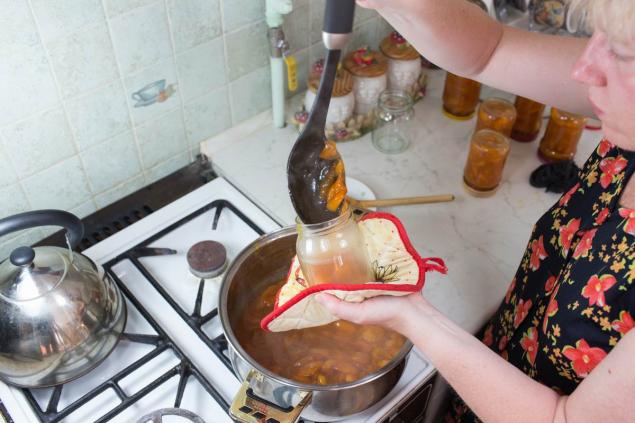
In order for the jam in the jar to be homogeneous, after cooking it must be cooled, and only then transferred to storage containers. - Dirty banks
Ready jam should be packaged in clean, sterilized and always dry jars. If water remains in the jar, the jam may become moldy or fermented.
How to tell if the jam is done There are two signs that the jam is done. First, all the froth should collect in the center of the jam container. At the same time, the syrup is transparent and easily separates from the fruits, and the fruits are evenly placed in the syrup and do not float. Overcooked jam has thickened syrup, brown-brown color.

Second, a drop of hot jam on a cold plate will behave like a cold jam. If it does not spread, then they say that "the jam keeps the drop." If you are still in doubt, put some jam on a paper napkin and wait 3 minutes. Wet stains will appear around the drop of undercooked jam.
Oops, it didn't work ... What to do?
- Berries covered with sugar did not give juice
Shake the contents of the pan so that the bottom berries are on top. Leave it on for a few more hours.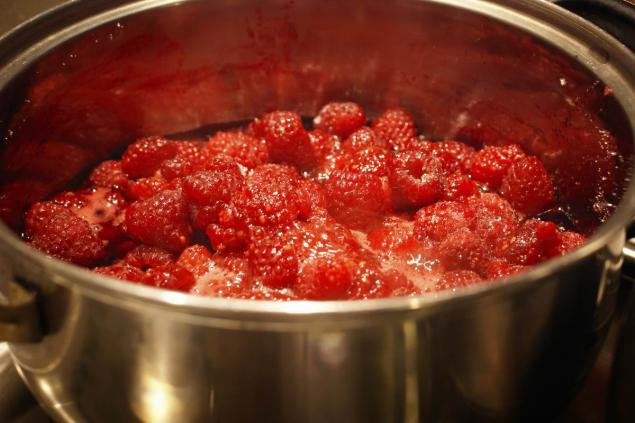
If that doesn't work, put it on a small heat and shake the pan from time to time so that the sugar melts evenly. - Jam does not hold a drop
You may need to boil the jam again. Does not help? Check for a drop of cooled syrup on a cold plate. - Too much syrup, jam too runny
Pour some of the syrup into a jar. Later, it can be used as a jam, for soaking cakes, or simply spread on bread.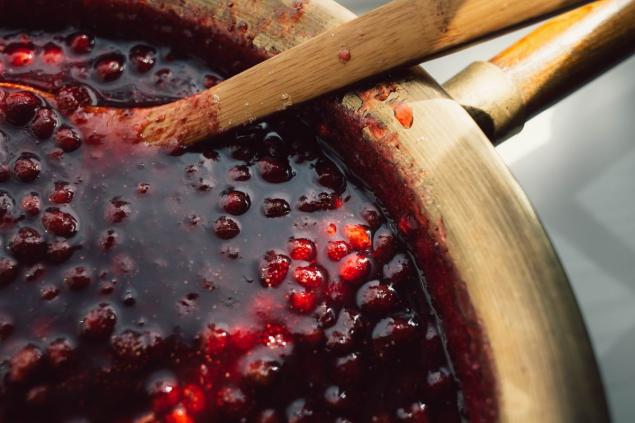
Liquid apple and pear jam will save extra digestion. Long-term cooking of these fruits is only beneficial. Sugar-infused chunks become jujube-like.
There is a little trick for strawberries, raspberries and other berries that are harmed by prolonged cooking. Pour the syrup through a sieve and boil only it, and then combine the hot liquid with the berries. In a similar way, you can also thicken gooseberry jam, halves of large apricots, black currant. - Little syrup
Try boiling it again. Perhaps there will be more of it after the second brew. - The jam is bitter
A handful of red currants added during cooking will help remove bitterness from the jam. There is also another old way. Place one peeled carrot on each 2 kg bowl. Then the vegetable can be pulled out, and the bitterness will go away. - Mold has appeared
You open a jar of jam, and there is mold. Apparently the lid was not new, or you did not close it hermetically. Use a spoon to gently remove the mold, replace the lid, and move the jar to the refrigerator.
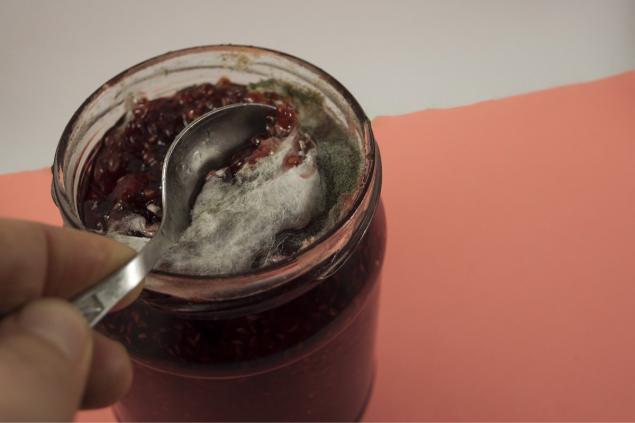
- The jam starts to ferment
Pour the jam into a saucepan, add 100 grams of sugar, bring to a boil over low heat and cook for 10 minutes. Transfer to a sterile jar.
I hope that our tips will show you how to make jam without mistakes. And jars of sweet delicacies in orderly rows will fill the shelves in the pantry.
What kind of actresses do we inspire even after many years?
Can vinegar improve the taste of dumplings?








